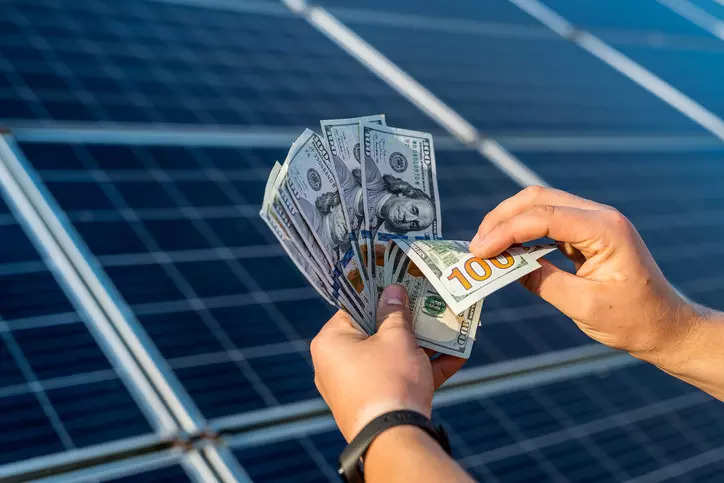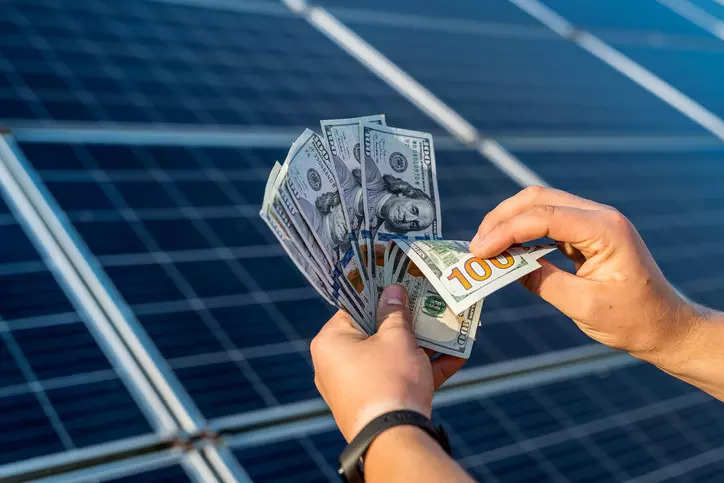
As per the Climate Transparency Report, in G20 countries, that account for 85% of global GDP and 75% of international trade, carbon intensity has not sufficiently declined. Even though energy intensity has reduced, the pace of decarbonization remains slower than expected. In 2021, the power sector contributed to 40% of the energy-related CO2 emissions in the G20 countries. India holds the G20 Presidency for this year and is also the host of the 14th Clean Energy Ministerial (CEM).
As an owner of 5% of the world’s installed renewable energy capacity and a contributor of less than 4% of the global cumulative CO2 emissions, India’s convening of these pivotal interventions is important. Three key areas highlight how India holds a critical voice in shaping this agenda – (A) clean energy transition milestones achieved by India in recent decades (B) the defining role of emerging markets and developing economies (EMDEs) in the future energy dynamics (C) India’s promising systems for financing clean energy transition.
In the last two decades, the clean energy transition in India recorded several climacteric moments. Between 2001-2010, India commenced targeted interventions for deploying basic rural electrification infrastructure for village electrification. During the years 2011-2020, and particularly in the second half of this period, milestones that were once considered to be never attainable became a reality. At the household level, universal access to electricity and access to LPG for cooking emerged as the primary indicators of “New India”. Renewable energy solutions, such as utility-scale wind and solar, became competitive with conventional power. By 2018, efforts for enhanced robustness of utility-scale wind and solar projects gained prominence with the notification of the “National Wind Solar Hybrid Policy”. In 2021, the country surpassed 100 GW of installed renewable energy capacity.Interventions in the current decade are directed toward the achievement of nationally determined contributions (NDCs). These have led to a growing appetite for exploiting the complementarity between rich and diverse renewable energy solutions. The sectoral clean energy transition missions and schemes are advancing – grid system decarbonization; energy efficiency across sectors including buildings, industry, transport, and residential energy consumption; adoption of cleaner and more efficient technologies; supply chain and ecosystem development for clean energy technologies such as advanced chemistry cell and high-efficiency solar PV modules; and decarbonization in the hard to abate sectors. The latest in this league is the “National Hydrogen Mission” which was approved by the Union Cabinet in January 2023.The period 2021-2047, which is prominently referred to as “Amrit Kaal Bharat”, shall emerge as a strong foundation for meeting the net zero target by 2070. However, what uniquely identifies the Amrit Kaal approach is its comprehensive outlook comprising four pillars – (a) PM GatiShakti, which aims at delivering transport, transmission, logistics, communication and social infrastructure; (b) inclusive development; (c) productivity enhancement & investment, sunrise opportunities, energy transition and climate action; and (d) financing of investments. Further, India’s mantra of behavioral changes through LiFE–Lifestyle for Environment is universally applicable. Across EMDEs, citizens largely have common aspirations and development goals are similar. Hence, in the G20, India is well-poised to represent the case of EMDEs and particularly the Global South.
As per the International Energy Agency (IEA), in 2019, EMDEs (excluding China) accounted for 66% of the world’s population. but only secured 32% of energy investment and 21% of clean energy investment. According to World Energy Outlook 2022, COVID-19 has already pushed back progress since 2013 on electricity access in Sub-Saharan Africa. Grid investments are much lower and this means progress on rapid electrification shall remain slower than what is needed across EMDEs. Energy investment insights from the past several years suggest EMDEs continue to struggle in mobilizing finance.
Amongst efforts geared towards financing renewable, India’s roadmap deserves wide-scale replication. For delivering its clean energy transition commitments, India continues to undertake a multi-pronged approach. Cross-country collaborations and innovative partnerships with multilateral/bilateral agencies and commercial financing agencies define India’s success mantra for decentralized, roof-top, and utility-scale renewable energy projects of various scales. India’s Non-Banking Financial Companies, such as IREDA and PFC, have championed channelizing clean energy finance. The incorporation of renewable energy in priority sector lending by commercial banks has advanced inclusive growth. Further, participation from the private sector and non-government agencies have complemented the efforts of the government.
A robust institutional set-up comprising the state and non-state actors continues to steer progress at various stages of renewable energy technology development, adoption and scale-up. India’s thought leadership and advocacy for climate action have also led to the institutionalization of the International Solar Alliance (ISA) and the Climate Disaster Resilience Institute (CDRI). These efforts recognized common challenges that several countries, particularly those in the global south and which also constitute the EMDEs, are facing and the tremendous opportunity for jointly translating them into opportunities. Given its rich experience in clean energy investment, its existing G20 Presidency and an exceptional ability to mobilize support for strategic institutional interventions, India is likely to emerge as one of the strongest voices of EMDEs and the Global South.
[This piece was written by Martand Shardul, Policy Director-India at the Global Wind Energy Council (GWEC) and a former Fellow at TERI, and Varun Jhaveri, former Officer on Special Duty at the National Health Authority, Government of India]


